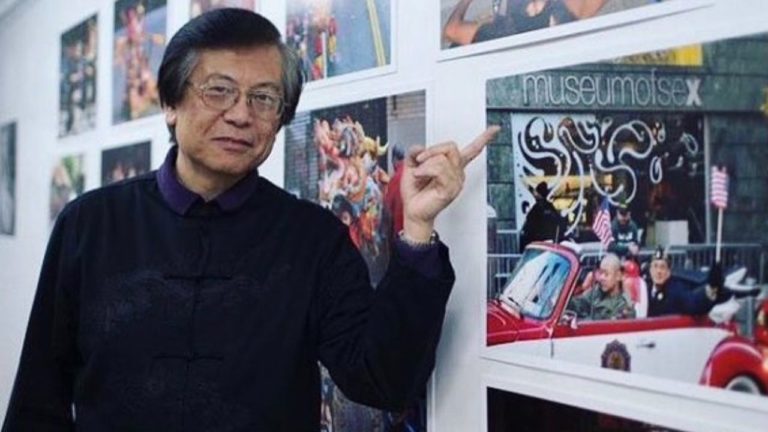Corky Lee grew up in New York in the 1950s. In his childhood, he noticed a complete absence of historical documentation of Asian Americans. He dedicated 32 years of photographic work to correct this absence.
After his death on January 27, he left behind the single largest collection of photographic Asian American history in the past century. Here we will take you through some of his photographs to celebrate his legacy.
[zombify_post]


0 Comments